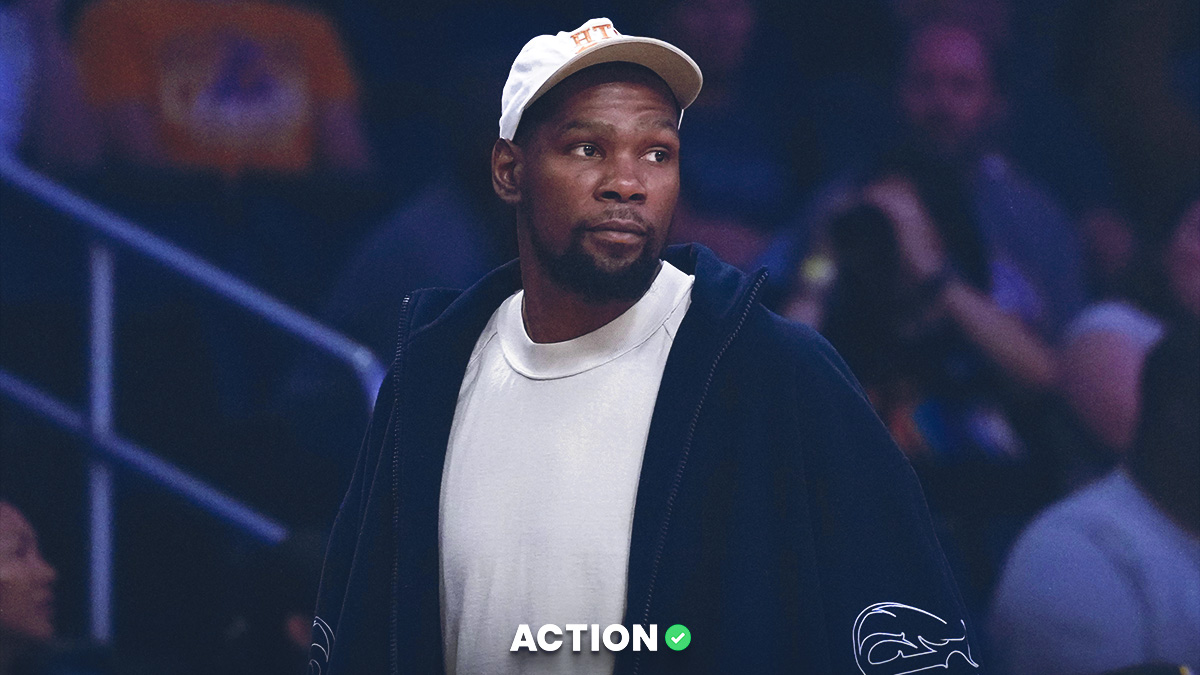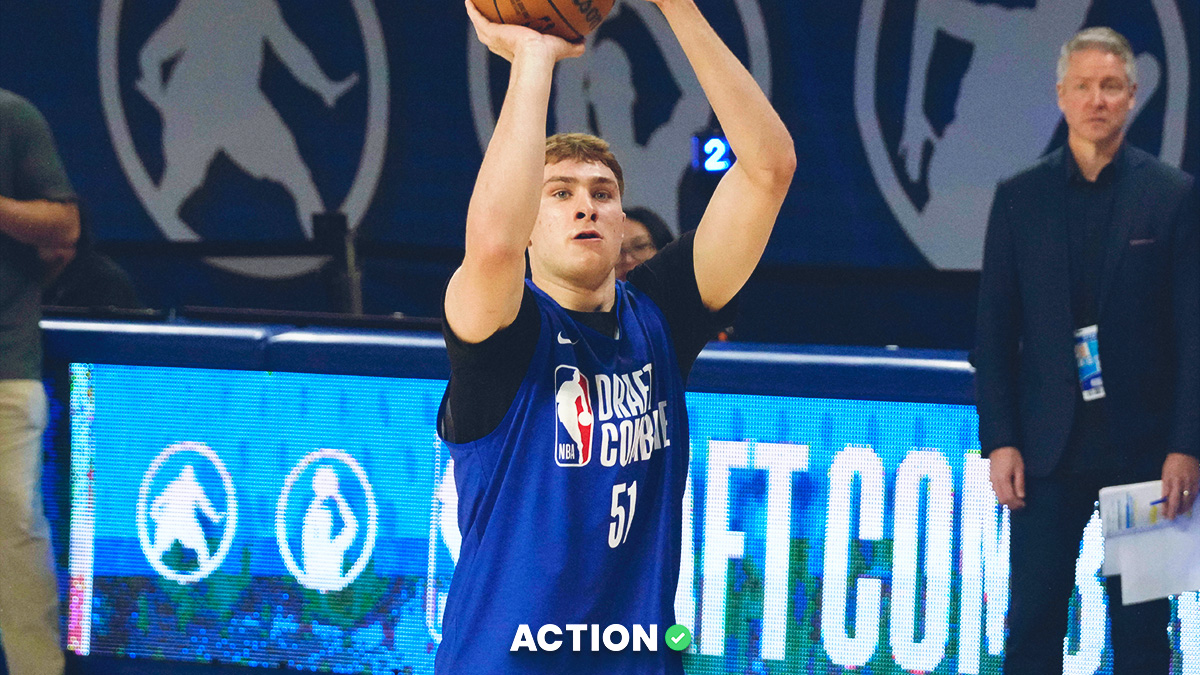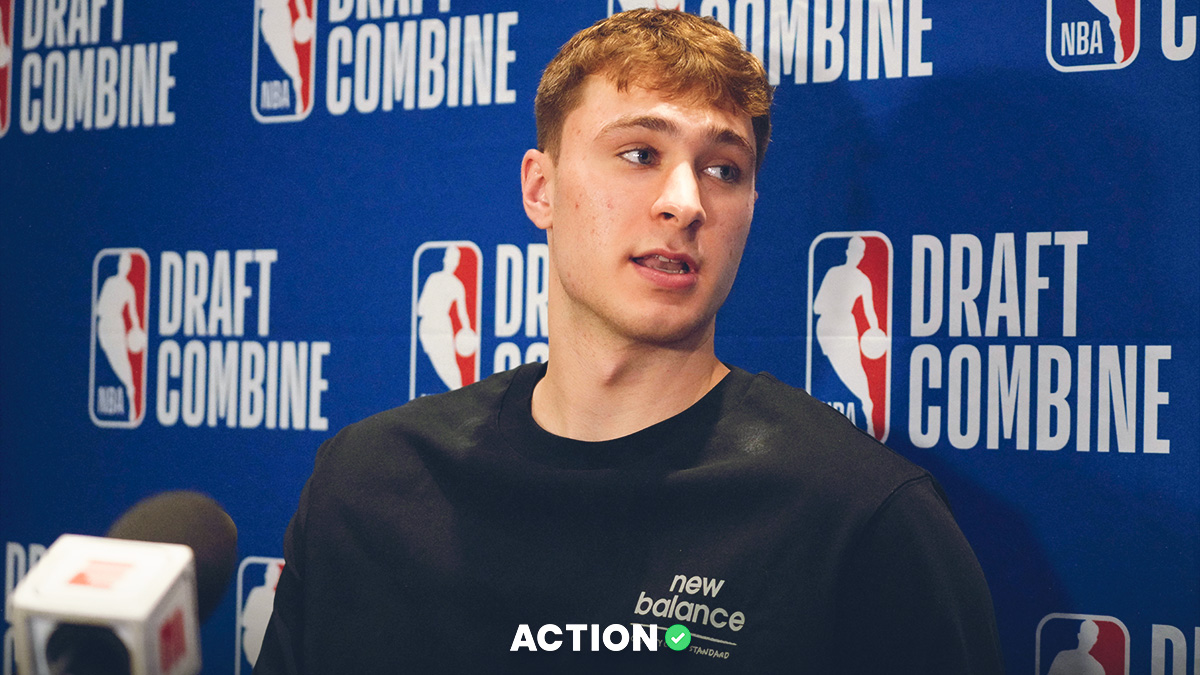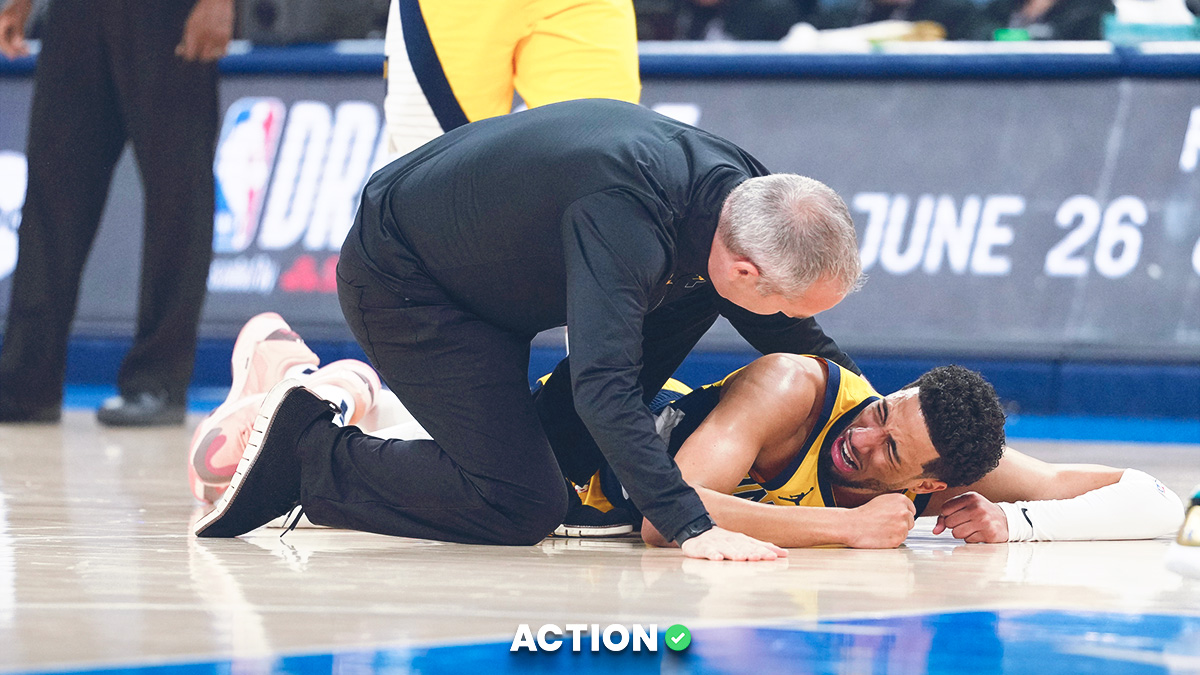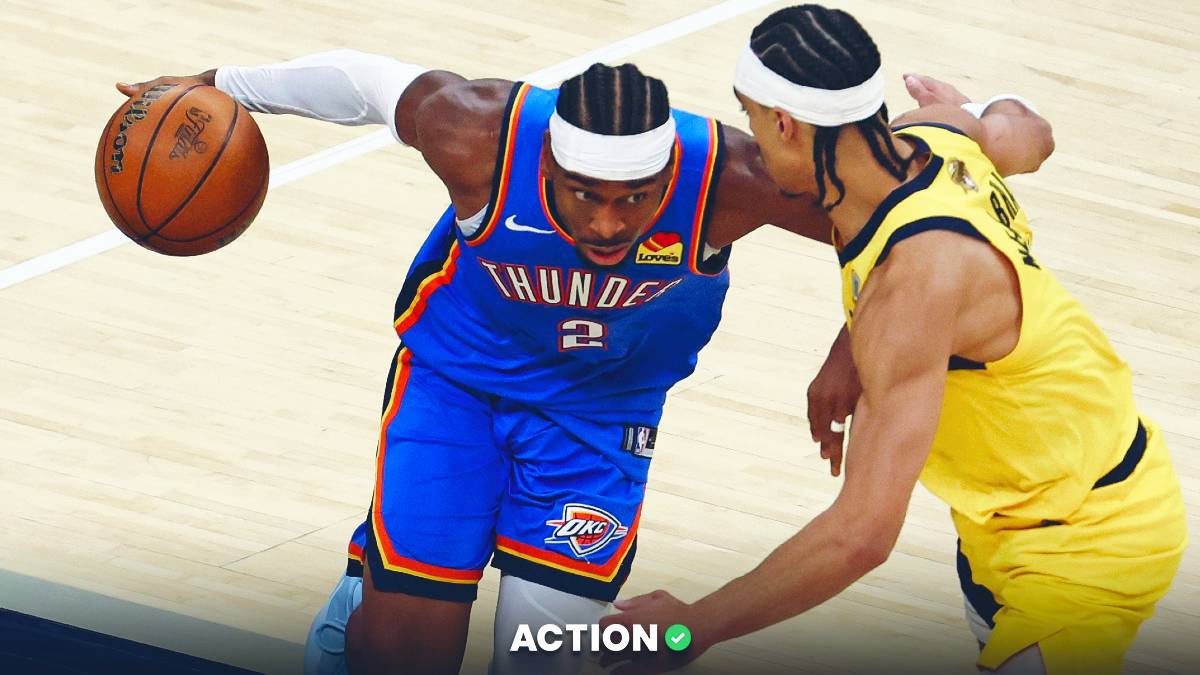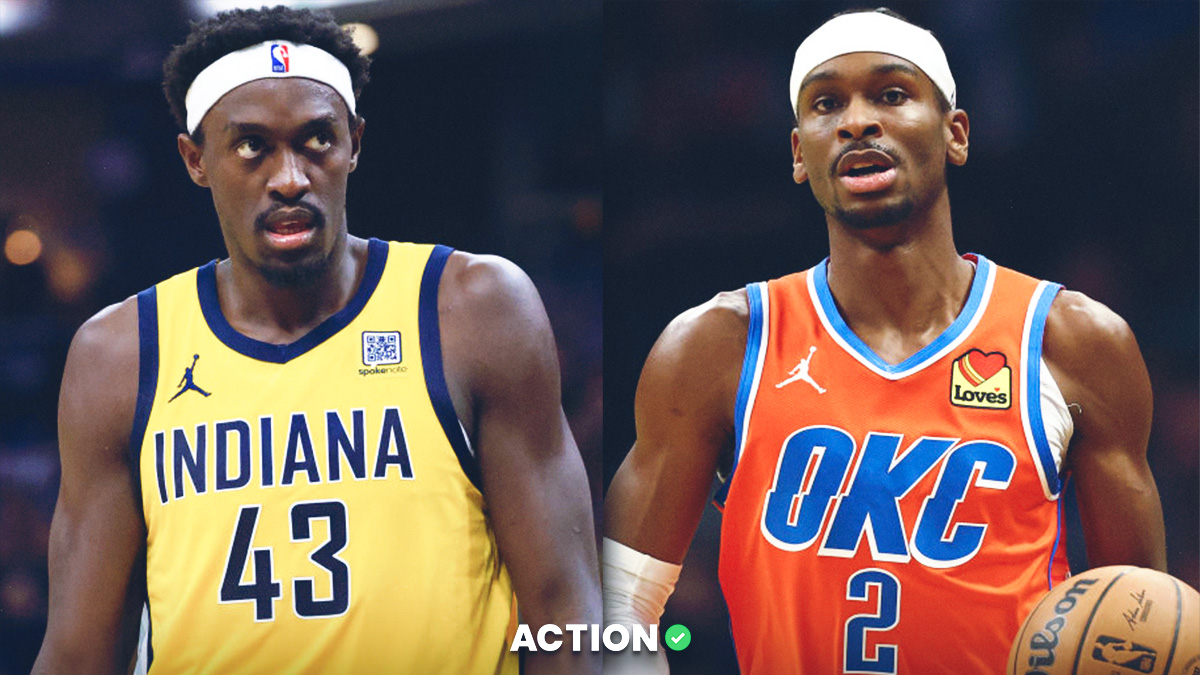The late great Kobe Bryant once posed the question: Are you different animal and the same beast?
I believe that perfectly describes the dichotomy between regular season basketball and postseason basketball. For six months all 30 NBA teams travel around the country to play one another.
There are back-to-backs, three games in four nights, seven games in 10 nights, limited practices and time to prepare. It’s a marathon designed as an appetizer for the final sprint — postseason basketball.
The NBA Playoffs feature the best of the best; competition is tougher, refs swallow their whistle as the game becomes more physical, rotations shorten and the pace becomes slower with players recognizing that every possession matters more.
Gone are the dog days of the regular season where travel spots, injury news and motivation drastically impact performance, the playoffs are about matchups and adjustments.
Who can find an edge? Who can perform under the bright lights and who can’t? If a team or player has a weakness in the playoffs, opposing teams will attack it until they adjust.
Handicapping playoff basketball means we’re handicapping a fundamentally different sport. In light of that, let's take a look at some of the different approaches to betting the NBA Playoffs. Below I'll break down a few notable trends to keep in mind during the postseason.
1. Home Teams Down 0-2 in the Series
With the NBA playoffs taking place in the bubble due to the pandemic, this was an angle we weren’t able to capitalize on because the venue didn't change between Games 2 and 3.
Fortunately things are back to normal as teams return to their respective home courts. We’ve all heard the cliché that a series doesn’t start until the road team wins, and it’ll be interesting to see if the change in venue has the same impact it used to with have different capacity limits in each city.
I have home court advantage priced at 2.10 points this season, but based on what we’ve seen during the play-in tournament with all home teams winning, home court advantage will be worth more in the postseason as it has historically.
Here’s how I have it tracked the past two full NBA seasons:
- HCA in 2020-2021 regular season: 2.40
- HCA in 2020-2021 playoffs: 5.96
- HCA in 2018-2019 regular season: 2.77
- HCA in 2018-2019 playoffs: 3.22
- HCA in 2017-2018 regular season: 2.37
- HCA in 2017-2018 playoffs: 6.32
Given the impact of home court advantage throughout the NBA Playoffs, one of the most profitable angles has been backing teams down 0-2 in both the first quarter and first half of games.
The logic is simple, no team has overcome a 3-0 deficit to win a seven-game playoff series in NBA history and thus the sense of urgency teams feel when down 0-2 means they’re playing harder than the opposing team.
When you add the impact of the home crowd as well as the home cooking from officiating that comes with that, it’s no surprise to see that this is one of the more profitable angles throughout the NBA Playoffs.
This is an angle I've capitalized on for years, but my colleague Bryan Mears cooked up this trend on Bet Labs several years ago, so I'll re-share here. Since 2005, teams down 0-2 and playing Game 3 at home are 80-38-2 ATS (67.8%).
If you blindly backed these teams, you’d have a 29.4% ROI and would be up +$3,501. Since the 2015-16 season, this trend is 29-6 ATS, hitting a whopping 82.9% of the time with a 59.9% ROI. If you blindly bet this, you would be up $2,097.
Unfortunately, oddsmakers have caught on to the impact of this trend in recent years. Over the past few seasons teams down 0-2 have been laying the same number for the first half and full game.
If a team is laying -5 for the game, they'll also be laying -5 for the first half at this point so the edge is essentially priced out.
Nonetheless, after a 29-6 run we’ve seen the last four NBA seasons, this angle has come back to earth going just 3-4 in the 2020-21 postseason. This is definitely an angle to monitor going forward to see if it's completely priced out or the 2020-21 postseason was an outlier. If any team goes down 0-2 and heads home for game 3, keep this one in mind.
2. Fading Teams Coming Off Game 7
Back in 2020, I wrote about the cumulative effect of teams playing a 7-game series and how that impacts them going forward. The war of attrition plays a huge role in who wins playoff series.
In four of the past seven NBA Finals, we’ve seen injuries play a significant role in influencing the outcome — Kevin Durant’s torn achilles, Klay Thompson’s torn ACL, Stephen Curry’s MCL sprain, Kyrie Irving’s fractured knee cap, and Kevin Love’s shoulder. To a lesser extent – Chris Paul's wrist and finger which impacted his shooting and ball handling in the NBA Finals.
Much is made about how these injuries affect the outcome of playoff series, but we rarely speak on the impact of fatigue on upcoming series. My theory was based on my belief that the Warriors may have won the title in 2016 if not for a grueling seven game series against the Thunder.
In comparison, the Cleveland Cavaliers went into the NBA Finals after playing a series where they had +15.5 point differential, and defeated the Raptors by a combined 64 points in Games 5 and 6.
Here's some updated trends from that piece: Teams that win Game 7 are 32-49 (39%) straight up in Game 1 of the following series which also means that if you blindly faded these teams you would have hit 61%.
In addition, teams that win Game 7 are 34-46 (41%) straight up in the following series all together so it's clear there's a real impact here. With the Celtics potentially facing one of the hardest roads to the NBA Finals, this is something to look out for going forward.
The Celtics could potentially be matched up with the Brooklyn Nets in round 1 should the Nets win the 7-8 play-in game, potentially the Milwaukee Bucks in Eastern Conference semifinals and the Philadelphia 76ers or Miami Heat in the Eastern Conference Finals.
There's a clear hierarchy between the top tier teams in the East as the Milwaukee Bucks, Boston Celtics and Brooklyn Nets are a step above the rest of the conference. Those teams could potentially be on the same side of the bracket in the East and could be something we could take advantage of fading them against teams with less strenuous path.
3. Betting Openers
If you've been paying any attention to the betting markets during the Play-In Tournament, you should already know the value of getting the best of the number. In many cases that means betting openers before the market has extracted all the value from the market.
We've seen major line movement on many of these games but not getting the best of the number can have disastrous results. This year the Minnesota Timberwolves opened as 1.5-point favorites in their play-in game against the Los Angeles Clippers and that line has since moved to 3.
Last year in the play-in tournament, the Memphis Grizzlies opened as -3.5 point favorites in their opening play-in game against the San Antonio Spurs.
Although the Grizzlies won by four points, this line closed at -4.5 so if you laid anything but the opening number you didn't win as you pushed at -4 and lost at -4.5.
Later on that night, the Los Angeles Lakers hosted the Golden State Warriors in a game in which the total opened at 222.5 and closed at 217, exactly where my model had it, making it clear how efficient the betting market is today.
Although, the game still went under the closing total of 217, you aren't going to win long term betting a game which has moved 5.5 points. The early bird gets the worm so if you spot a line that's off, grab it as soon as possible before the market makes a correction.
4. Unders in the NBA playoffs
The biggest difference between the NBA regular season and the postseason is the difference in pace with games containing fewer possessions as the game slows down.
Take a look at the regular season and playoff pace the last five seasons:
- 2020-21 Regular season: 99.2 | 2020-21 Playoffs: 96.1 (3.1)
- 2019-20 Regular season: 100.3 | 2019-20 Playoffs: 97.6 (-2.7)
- 2018-19 Regular season: 100.0 | 2018-19 Playoffs: 97.5 (-2.5)
- 2017-18 Regular season: 97.3 | 2017-18 Playoffs: 95.4 (-1.9)
- 2016-17 Regular season: 96.4 | 2016-17 Playoffs: 94.6 (-1.8)
- 2015-16 Regular season: 95.8 | 2015-16 Playoffs: 93.0 (-2.8)
NBA teams are playing at an average of about 2.46 less possessions per game in the playoffs.
In a league where we're seeing an increase in pace and some of the highest Offensive Ratings in NBA history due to the increased frequency of 3-point shooting, it's not shocking to see unders hit at a higher rate in the playoffs.
Although unders were just 43-46-2 (48.3%) in last year's postseason, playoff unders were profitable in five out of the last seven seasons. If you exclude 2016-2017, the year unders went 30-48-1 (38.4%) for a -24.7% ROI, unders went 269-228-9, hitting at 54.1% which gives you a small edge considering that you need to hit 52.38% of your wagers to break even on -110 bets.
Getting more granular if you were to look at the past four seasons, unders are 175-158-6 (53%).
You can't blindly play unders during the playoffs, but it's certainly the direction you want to look, particularly late in series after teams are more familiar with one another and both teams are tired.
Game 7's are historically ugly matchups.
Teams are nervous, players are tired and coaches have made every adjustment there is to make — these aren't high scoring affairs.
Game 7 unders went 1-2 last season with 76ers-Hawks going under, Crlippers-Mavs going over and Nets-Bucks going over. Still, more often than not, you will come out ahead playing unders in these situations.
According to our Bet Labs database, since 2005, Game 7 unders are 32-21 (61.1%) with a 22.3% ROI. Going back even further, in the past 25 years, Game 7 unders are 41-27-1 (60.2%).
Considering your break even rate on -110 bets is 52.38%, you would have carved out an 7.82% edge if you blindly played these unders. Interestingly enough, Game 6 unders have also faired well historically. Since 2005, unders are 79-61 (56.4%) with a ROI of 19.2%.
5. Mid-Series Adjusted Prices
How many times have you liked a team to win a playoff series but found that the price was too high for your liking? One of my favorite strategies is to wait until a team loses Game 1 or wait until mid-series to bet so I can get a better price.
Of course, you have to tread lightly here as a price can get away from you if you elect to wait on betting a team and they actually win Game 1. Interestingly enough, out of the 818 total playoff series, teams who won game 1 have won the series 78.6% of the time and are 643-175 all time.
In the first round of the playoffs, teams who win Game 1 are 263-65, winning 80.2% of the time. Overall, winning game 1 is a solid predictive indicator for whether a team will win the series as teams who win Game 1 have taken a 2-0 lead more than 63% of the time the last 20 seasons.
Given the history, if you're looking to back a team who is down in the series, it should be because the team played under expectation despite being the better team or there's some adjustment that could shift the series.
Recognizing shifts and adjustments in series is one of the biggest keys to successfully betting the playoffs. Take the 2015 Western Conference Finals between the Golden State Warriors and Memphis Grizzlies.
The Grizzlies were up 2-1 when Steve Kerr and defensive assistant Ron Adams elected to not guard Tony Allen unless he came into the lane. With Warriors center Andrew Bogut clogging the paint, providing double team help on the Grizzlies big men in Marc Gasol and Zach Randolph, Allen was essentially played off the floor given his inability to space the floor as a jump shooter.
From that moment on, the Warriors took control over the series with the Grizzlies all but drawing dead. Moves like this can make or break a series and if you can recognize them, you can profit.
6. Zig Zag Theory
The Zig-Zag theory is archaic but it's been one of the more popular angles to bet in the NBA’s best-of-seven playoff series format.
You're betting the opposite of what happened in the last game with the assumption that teams are likely to bounce back from a poor performance given the prospect of facing elimination.
The biggest question is if it's profitable?
Here's what the data says according to Killer Sports since the 2000 season:
| Straight Up | 606-630 (-0.30, 49.0%) |
| Against the Spread | 618-602-16 (0.49, 50.7%) — Avg. Line 0.8 |
| Over/Under | 588-623-25 (-0.20, 48.6%) |
It's pretty clear this isn't a profitable angle if you're betting this blindly, however there are some spots where you can profit if you're willing to dig deeper into the numbers.
One of the best angles to play the Zig-Zag theory is backing top three seeds who have been upset in Game 1. Since 2005, top three seeds at home who lost the opening game of a best-of-seven playoff series are 28-16 ATS in the following game.
The last time this happened, the 2019 Boston Celtics with Kyrie Irving, Jayson Tatum and Al Horford upset the Milwaukee Bucks in Game 1 of the Eastern Conference semifinals. The Bucks won the following game 123-102 covering the 7.5-point spread before eventually completing the back door sweep.
Before that, the 2019 Orlando Magic upset the eventual World Champion Toronto Raptors in their first game of their first round matchup. The Raptors came back in Game 2, winning 111-82 as they covered the 11-point spread with ease on the way to back door sweep.
These are just some of the angles I like to look at as I look to bet on the NBA Playoffs but there's plenty of other ways you can wager.
With the emergence of legal sports betting in America, operators are creating new props and innovative ways to wager everyday.
In addition to the angles I've listed, series correct score, spread, total games and stage of elimination props are all ways you can approach betting the NBA playoffs.
The biggest key is finding what works for you and applying your knowledge as well as our Bet Labs tools to find the best way to become profitable.




